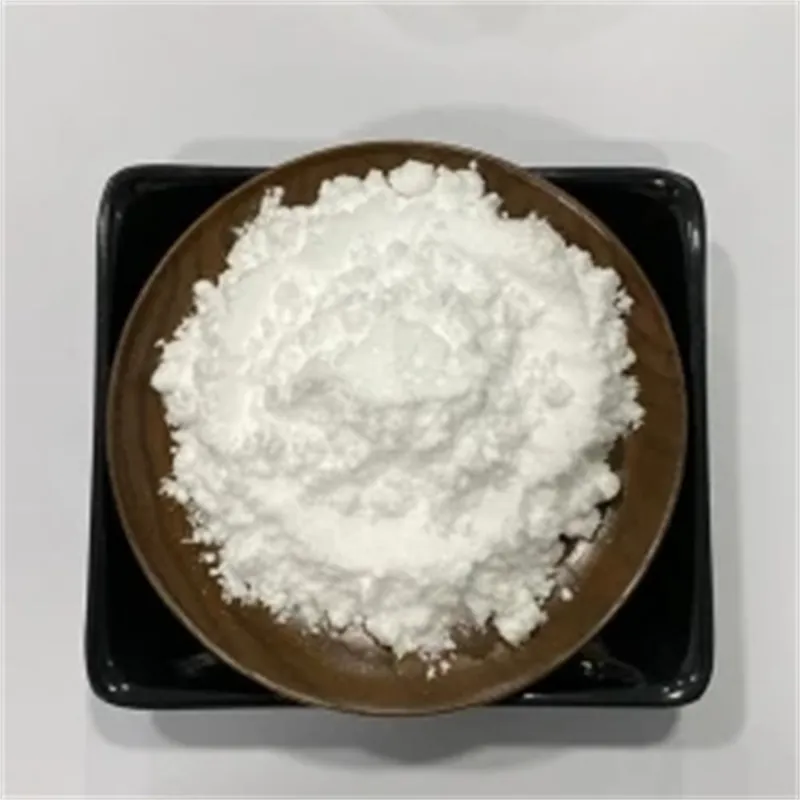Warning: Undefined array key "title" in /home/www/wwwroot/HTML/www.exportstart.com/wp-content/themes/1198/header.php on line 6
Warning: Undefined array key "file" in /home/www/wwwroot/HTML/www.exportstart.com/wp-content/themes/1198/header.php on line 7
Warning: Undefined array key "title" in /home/www/wwwroot/HTML/www.exportstart.com/wp-content/themes/1198/header.php on line 7
Warning: Undefined array key "title" in /home/www/wwwroot/HTML/www.exportstart.com/wp-content/themes/1198/header.php on line 7
- Afrikaans
- Albanian
- Amharic
- Arabic
- Armenian
- Azerbaijani
- Basque
- Belarusian
- Bengali
- Bosnian
- Bulgarian
- Catalan
- Cebuano
- China
- China (Taiwan)
- Corsican
- Croatian
- Czech
- Danish
- Dutch
- English
- Esperanto
- Estonian
- Finnish
- French
- Frisian
- Galician
- Georgian
- German
- Greek
- Gujarati
- Haitian Creole
- hausa
- hawaiian
- Hebrew
- Hindi
- Miao
- Hungarian
- Icelandic
- igbo
- Indonesian
- irish
- Italian
- Japanese
- Javanese
- Kannada
- kazakh
- Khmer
- Rwandese
- Korean
- Kurdish
- Kyrgyz
- Lao
- Latin
- Latvian
- Lithuanian
- Luxembourgish
- Macedonian
- Malgashi
- Malay
- Malayalam
- Maltese
- Maori
- Marathi
- Mongolian
- Myanmar
- Nepali
- Norwegian
- Norwegian
- Occitan
- Pashto
- Persian
- Polish
- Portuguese
- Punjabi
- Romanian
- Russian
- Samoan
- Scottish Gaelic
- Serbian
- Sesotho
- Shona
- Sindhi
- Sinhala
- Slovak
- Slovenian
- Somali
- Spanish
- Sundanese
- Swahili
- Swedish
- Tagalog
- Tajik
- Tamil
- Tatar
- Telugu
- Thai
- Turkish
- Turkmen
- Ukrainian
- Urdu
- Uighur
- Uzbek
- Vietnamese
- Welsh
- Bantu
- Yiddish
- Yoruba
- Zulu
8월 . 21, 2024 02:27 Back to list
Understanding the Fire Risks Associated with Propylene Glycol in Various Applications
Understanding Propylene Glycol and Fire Safety
Propylene glycol is a synthetic organic compound with a wide range of applications, commonly used in food, pharmaceuticals, cosmetics, and industrial products. As a colorless, odorless liquid, it possesses properties that make it an excellent solvent and humectant. While propylene glycol is considered safe for use in many consumer products, understanding its flammability and potential fire hazards is critical, especially in industries where large quantities are stored or used.
Flammability of Propylene Glycol
Propylene glycol itself has a relatively low flash point, typically around 100°C (212°F). This means it can ignite if exposed to an open flame or high heat. Although it is classified as a non-flammable substance in many scenarios, it is important to note that it can burn if the right conditions are met. The vapor produced from heated propylene glycol can form flammable mixtures with air, posing an increased risk of fire.
In addition to its flammability, the boiling point of propylene glycol is around 188°C (370°F). At temperatures approaching this level, it can produce vapors that contribute to fire hazards. This is especially crucial in environments where propylene glycol is heated, such as in manufacturing processes or during transportation.
Fire Safety Measures
Given the potential fire risks associated with propylene glycol, it is essential to implement robust fire safety measures when working with or storing this compound
. Here are some important precautions1. Proper Storage Propylene glycol should be stored in a cool, well-ventilated area away from direct sunlight and sources of heat. Containers should be kept tightly sealed to minimize vapor release.
propylene glycol fire

2. Avoiding Ignition Sources Areas where propylene glycol is used or stored should be kept clear of open flames, sparks, and other possible ignition sources. Electrical equipment should be rated for hazardous locations if they are near propylene glycol.
3. Training and Awareness Employees working with propylene glycol should be adequately trained on its properties, including its fire risks. Regular safety drills and education can ensure everyone is prepared for a potential fire incident.
4. Use of Personal Protective Equipment (PPE) Workers should wear appropriate PPE, including flame-resistant clothing, gloves, and eye protection, to minimize injury in the event of a fire.
5. Fire Extinguishers and Equipment Facilities should be equipped with the appropriate fire extinguishers, specifically those rated for Class B fires, which are suitable for flammable liquids. Additionally, having a well-maintained fire suppression system can help manage emergencies more effectively.
6. Regular Safety Inspections Conducting regular inspections of storage and processing areas for potential fire hazards will help identify risks before they lead to accidents. This includes checking for leaks, corrosion, or any deterioration of containers and equipment.
Conclusion
Propylene glycol is a versatile compound that, while generally safe, poses fire risks due to its flammability under certain conditions. Understanding these risks and implementing robust safety measures can significantly mitigate potential dangers associated with its storage and use. By fostering a culture of safety and awareness, industries can enjoy the benefits of propylene glycol while ensuring the well-being of their workers and the surrounding environment.
Latest news
-
Certifications for Vegetarian and Xanthan Gum Vegetarian
NewsJun.17,2025
-
Sustainability Trends Reshaping the SLES N70 Market
NewsJun.17,2025
-
Propylene Glycol Use in Vaccines: Balancing Function and Perception
NewsJun.17,2025
-
Petroleum Jelly in Skincare: Balancing Benefits and Backlash
NewsJun.17,2025
-
Energy Price Volatility and Ripple Effect on Caprolactam Markets
NewsJun.17,2025
-
Spectroscopic Techniques for Adipic Acid Molecular Weight
NewsJun.17,2025

